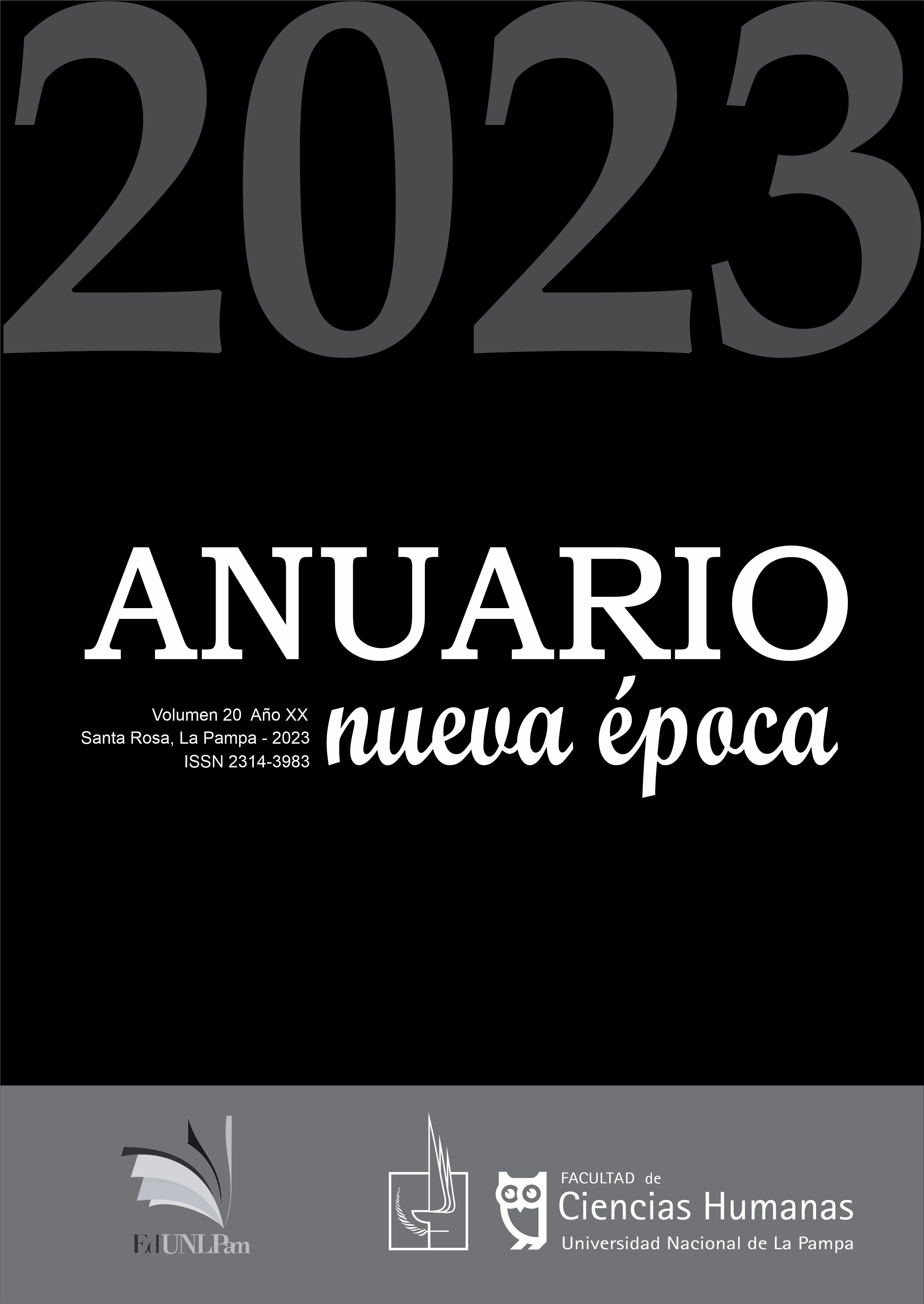Relaciones entre la clasificación etnobiológica y la lingüística: un enfoque comparativo en la fitonimia tseltal, toba y maká
Resumo
Este estudio explora las fitotaxonomías vernáculas del tseltal (México), el toba y el maká (Argentina) para reconocer los principios de clasificación etnobiológica así como los recursos lingüísticos utilizados. Las lenguas estudiadas, pertenecientes a las familias lingüísticas maya, guaycurú y mataguaya respectivamente, presentan sistemas de clasificación que aíslan y agrupan los términos que refieren a organismos en diferentes grados de inclusividad. Las tres lenguas recurren a dimensiones semánticas para la marcación de nombres específicos. A pesar de las diferencias en los recursos lingüísticos, existen similitudes en los mecanismos de clasificación, hecho que demuestra que las nomenclaturas etnobotánicas reflejan cómo los hablantes estructuran cognitivamente la diversidad botánica. Estas correlaciones entre los recursos lingüísticos, las condiciones ambientales específicas y los procesos cognitivos subyacentes de los hablantes ofrecen una visión de la intersección entre lenguaje, cultura y medio ambiente. Aunque la investigación se basa en trabajos de campo de otros investigadores, a los que se aporta una mirada contrastiva, muestra la importancia de emprender estudios futuros que consideren la influencia del contacto lingüístico y cultural, así como la adaptación a los desafíos ambientales y sociales actuales.






.png)





